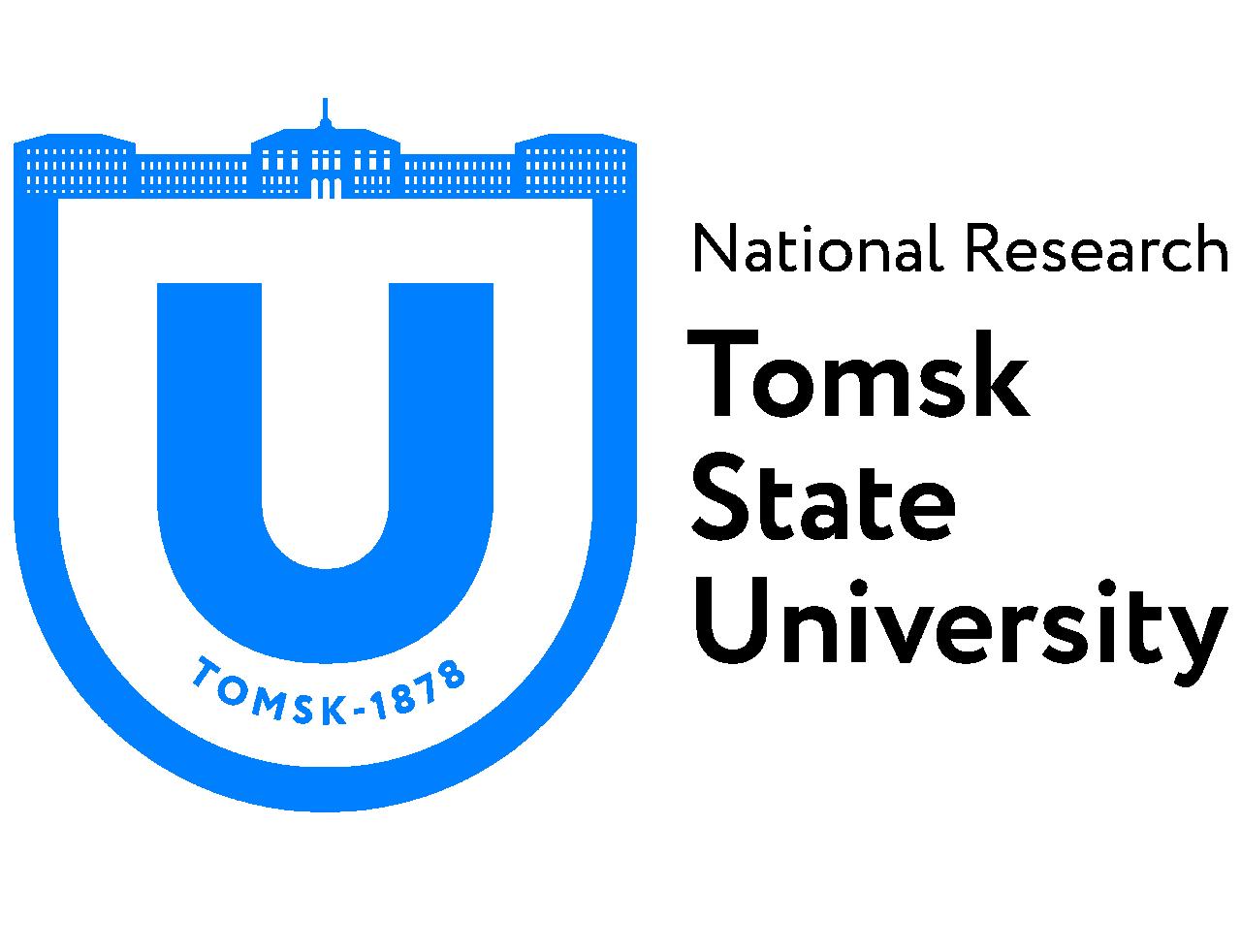Tomsk State University: Scientists have found new parasites in bats from Asia
A group of scientists from TSU and Moscow State University identified and described a new species of mites parasitizing bats, Spinturnix tylonycterisi, which are new for Vietnam. In addition, they found links between parasites and hosts that are considered uncharacteristic. The new data are important for understanding the pathways of spread of dangerous infections transmitted by ticks and bats. The biologists’ research has been published in the highly-ranked International Journal of Acarology (Q1).
– The new data was obtained during the work with the collection of bats stored in the Zoological Museum of Moscow State University, – says Maria Orlova, a scientist at the TSU Biological Institute. – The bats were caught during expeditions to Vietnam and Japan in the late 20th – early 21st century. Although the bats were in alcohol for 20-30 years, the parasites on them were preserved quite well. Among the finds, the most interesting is Spinturnix tylonycterisi, found on a bat from Vietnam. Previously, this species was known only from the original description made in Malaysia. In addition, we first described the protonymph (immature) stage of this tick.
According to the TSU biologist, the fauna of East Asia remains poorly understood, while this particular region has the widest species diversity of bats, and most of the infections associated with them originate from there. So, COVID-19 is not an exception, but another confirmation and an indicator of what consequences the lack of information on this territory entails.
– Therefore, the primary task today is a comprehensive study of the ecology of bats in Asia, including their relationship with parasitic groups, – explains Maria Orlova. – Among other things, the attention of our working group is focused on Vietnam as an extremely poorly studied region, for which we have already described three species of ectoparasites of the Spinturnicidae family over the past six months. They are carriers of some dangerous bacterial infections, such as bartonellosis, rickettsiosis, anaplasmosis, and others.
Among the new interesting finds is a new host for the mite Eyndhovenia euryalis. This species was found on a long-toed bat (a member of the smooth-nosed family) caught in Japan. Traditionally, it parasitizes on a completely different family – the horseshoe noses involved in the spread of the SARS-CoV2 virus, which the whole world is currently experiencing in a pandemic.
This once again confirms the active contact between representatives of different taxonomic groups of bats. The facts of parasite exchange revealed by biologists show new possible ways of spreading infections, which is important for forecasting epidemics and taking preventive measures.

